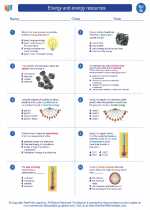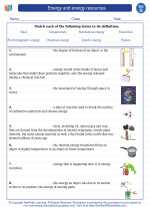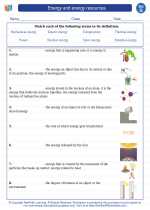Bladder
The bladder is a hollow, muscular organ located in the lower abdomen. Its main function is to store urine produced by the kidneys until it is excreted from the body. The bladder is part of the urinary system, which also includes the kidneys, ureters, and urethra.
Anatomy of the Bladder
The bladder is a flexible, balloon-shaped organ that can expand and contract as it fills with urine and empties. It is composed of smooth muscle tissue called the detrusor muscle, which contracts to push urine out of the bladder during urination. The bladder is lined with a specialized type of epithelial tissue called transitional epithelium, which allows the bladder to stretch as it fills with urine without tearing.
Function of the Bladder
When the kidneys filter waste and excess fluids from the blood, urine is produced and transported to the bladder through the ureters. The bladder can store urine until it is convenient to urinate. When the bladder is full, nerve signals are sent to the brain, triggering the urge to urinate. During urination, the detrusor muscle contracts, and the urinary sphincter relaxes, allowing urine to pass through the urethra and out of the body.
Common Bladder Conditions
- Urinary Incontinence: A condition where a person is unable to control the release of urine from the bladder.
- Urinary Tract Infections (UTIs): Infections that occur in any part of the urinary system, often affecting the bladder.
- Bladder Stones: Hard masses of minerals that form in the bladder.
- Bladder Cancer: Abnormal, cancerous growths in the bladder tissue.
Study Guide
Here are some key points to remember about the bladder:
- The bladder is a hollow, muscular organ that stores urine.
- It is part of the urinary system, along with the kidneys, ureters, and urethra.
- The detrusor muscle contracts to push urine out of the bladder during urination.
- Transitional epithelium allows the bladder to stretch as it fills with urine.
- Common bladder conditions include urinary incontinence, UTIs, bladder stones, and bladder cancer.
Understanding the anatomy and function of the bladder is important for maintaining urinary health and recognizing potential bladder-related issues.
.





